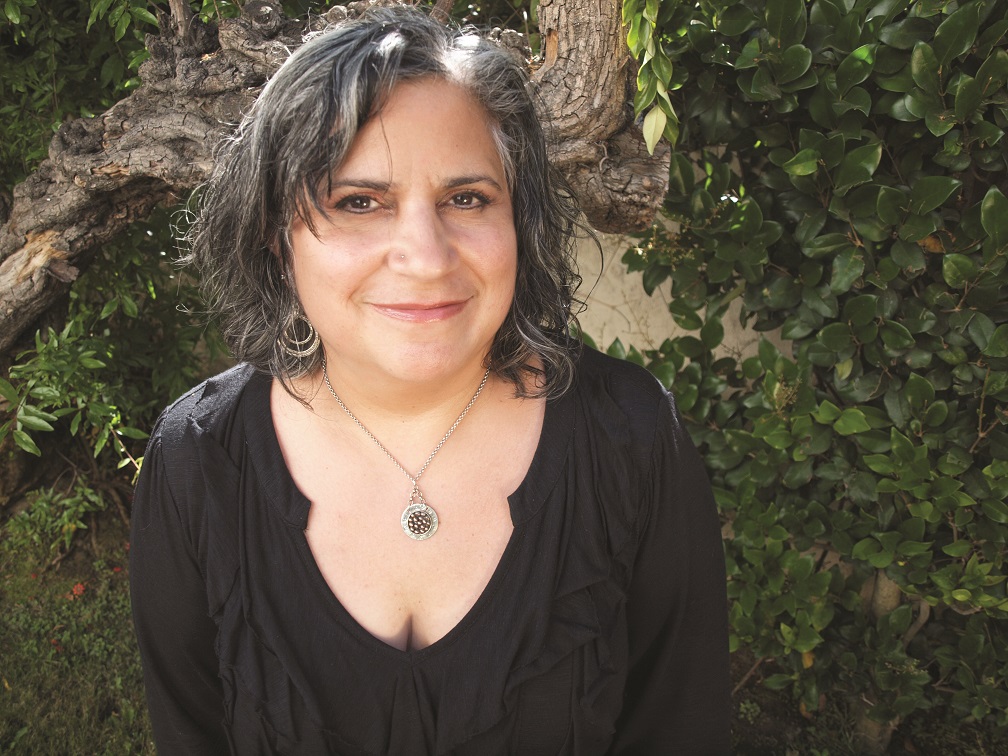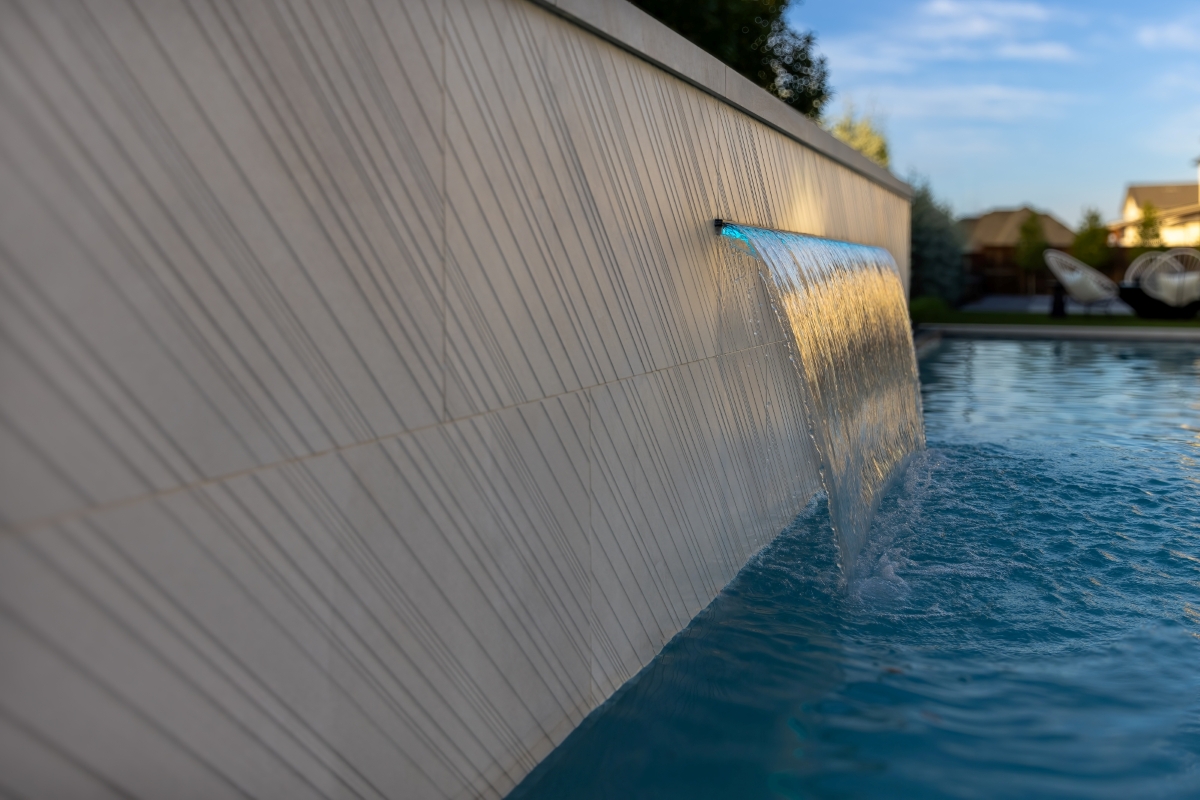About 20 years ago, the architect Frank Gehry was garnering a lot of attention.
A controversial masterpiece of his, the Guggenheim Museum Bilbao (Spain) had just opened. Clad in titanium, the facade seems formed from ribbons of metal into a kind of spirally freeform that some said looked like a crushed aluminum can. Set against the backdrop of an old-world fishing town, it really ruffled feathers. How could you plunk this industrial thing in such a picturesque setting? Some said the design lacked consideration for its surroundings and showed self-indulgence. But Gehry wasn’t interested in blending in: His statement mattered as much as the surroundings. The museum drew about $160 million to the local economy, revitalizing the town and inspiring the term “Bilbao effect.” Now, Gehry’s metal creations have several other homes.
Relatively new to writing on design and construction back then, I wondered why pool/spa builders didn’t regard themselves the same way architects do. The work requires so many disciplines — hydraulics, construction, engineering, design principles involving line, color and texture. Pool builders rarely charge for design, but they almost never did back then. They would say things like, “What do I know? I’m just a pool guy,” or “I just dig watering holes.” Purposely self-deprecating humor, sure, but perhaps rooted in some real societal perceptions.
I wanted pool designers and builders to see themselves like architects and artists and engineers, whose creativity and expertise run deep. I wished everybody would take the industry more seriously.
Then I got a call from Skip Phillips.
He and fellow builders Brian Van Bower and David Tisherman planned to start a new education program. They wanted to introduce an advanced program with instructors from outside the industry to teach architecture, structural engineering, soils engineering and even some version of art history.
“We’re putting on the school, but we’ll be there to learn, too,” Phillips told me.
So started Genesis 3: A Design Group, now known simply as Genesis.
Like Gehry, they frustrated more than a few industry professionals with their delivery, which — make no mistake — was in-your-face. But they moved forward.
I was lucky enough to join the three on a scouting trip, when they found the location for their first schools in Morro Bay, Calif. I have been privileged to attend many sessions through the years, including the first. And I believe that, largely through this group, my wish for the builders of this industry is coming true. More charge for their designs, with some even moving to a design-only business model. More designers not only refer to their products as works of art, but cite artistic principles such as color theory in explaining their decisions.
This year, the group celebrates its 20th anniversary. I don’t know if the founders expected to reach this milestone, but it’s a testament to how the group has found its place, filled a need and evolved with the times. Now backed by the National Swimming Pool Foundation, it promises plenty more chapters to come.
Here’s to (at least) another 20 years!


